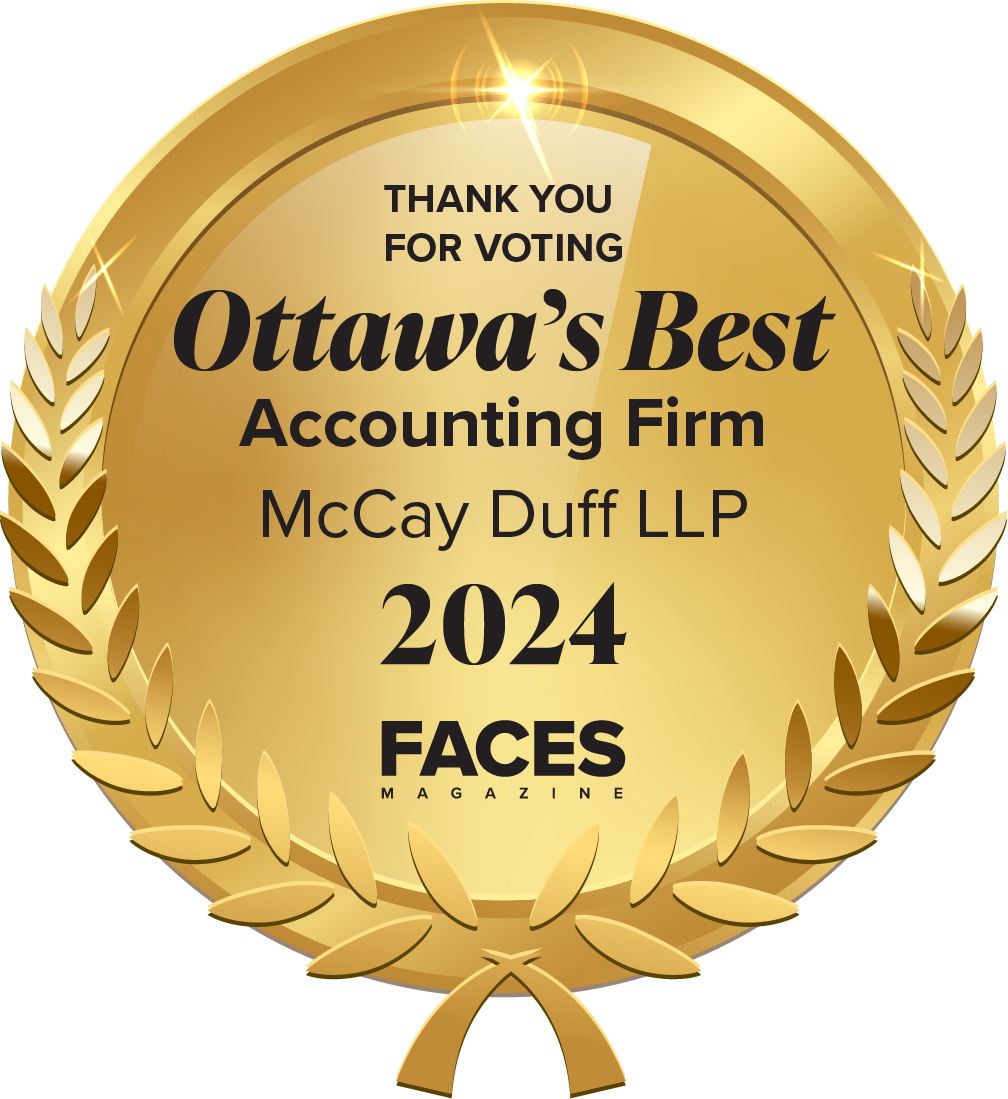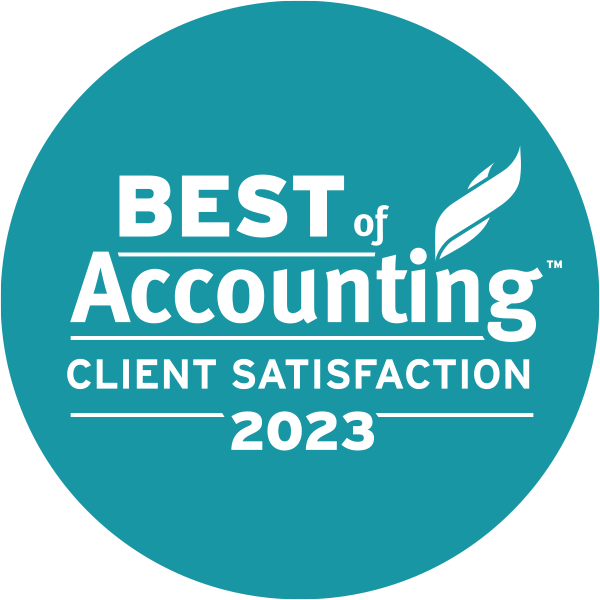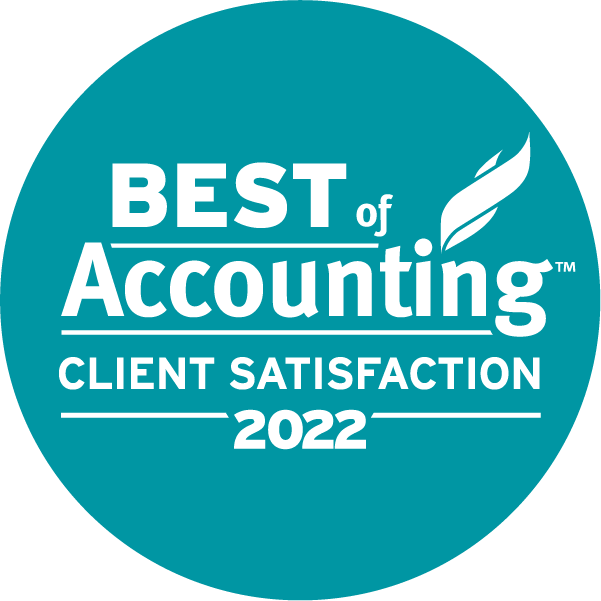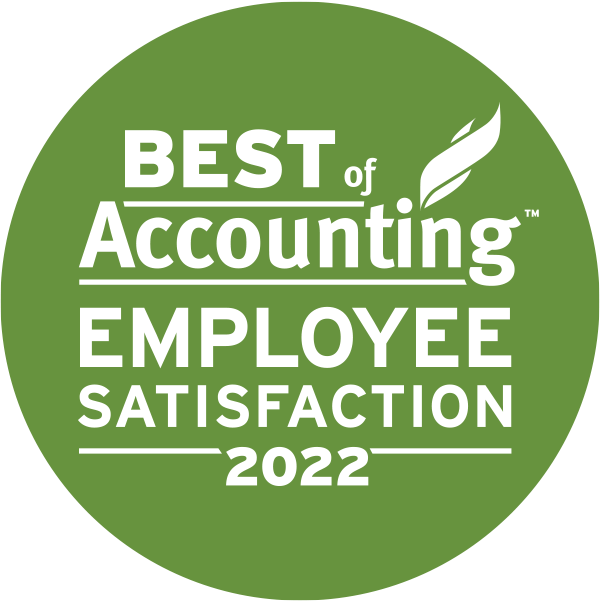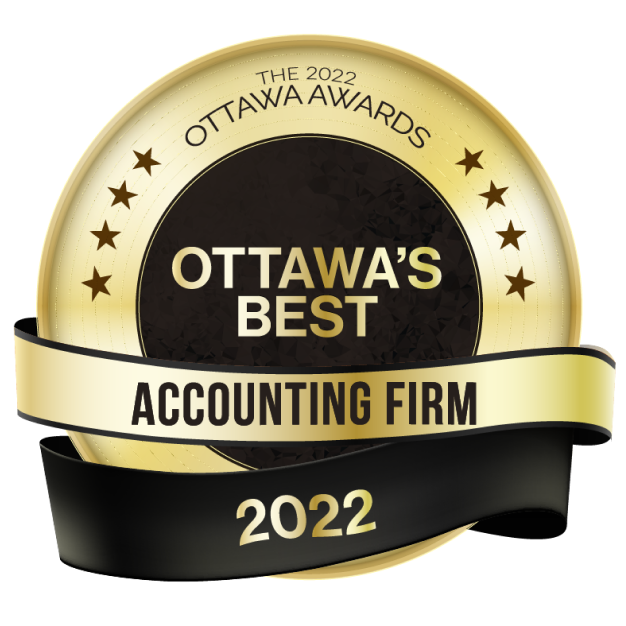Around the same time, KPMG, on behalf of the Canadian Association of Family Enterprise (CAFE), found that only 11 per cent of 322 family businesses surveyed had succession plans for their CEOs.
This is a problem, and one that only worsens with each passing year. Considering that most of these owners and chief executives are aging baby boomers, the proportion of them nearing retirement age is growing by leaps and bounds. In its 2012 report, CAFE emphasized how this lack of planning is a root cause of why only 30 per cent of family businesses survive to the second generation and only 15 per cent reach the third.
As a business owner, you must ask yourself three questions:
- “When do I want to retire?”
- “How am I going to exit the business?”
- “What must I do between now and retirement to ensure I exit the business in a manner that allows me to maintain my standard of living?”
A robust and comprehensive succession plan is a three-to-five-year exercise. Take a moment to consider that. If you want to retire in 2019 or 2020, the time to start planning is now.
Why? Consider these questions:
- First of all, whom are you going to pass the business on to?
- If it’s children, are they willing and ready? What will it take to prepare them to pick up the ball and run with it?
- Do you want to sell to a third-party? If so, who? Where do you find potential buyers? What shape must your business be in to solicit the best price?
- How do you determine the value of the business? This of course requires a professional valuation, the domain of my colleague, Rick Evans.
- In either scenario, how do you engage in the process in a manner that does not cause under stress or uncertainty for key employees, partners or clients?
- Most importantly, how do you exit the business in a manner that maximizes your financial gain without leaving you stung with a huge tax bill?
These are all considerations that emphasize the need to begin the process years out, with the assistance of trusted legal and tax planning advisors.
But the devil is in the details. The options that are available to maximize your proceeds from the business, and reduce your tax burden as much as possible, differ depending on whether your intent is to pass the torch to the next generation, or sell to a third-party.
In my next post, I’ll discuss the options and challenges related to preparing to hand off the business to family, before looking at the scenario of a third-party sale.
For more information on this topic, please contact your McCay Duff advisor.
Contact Us
